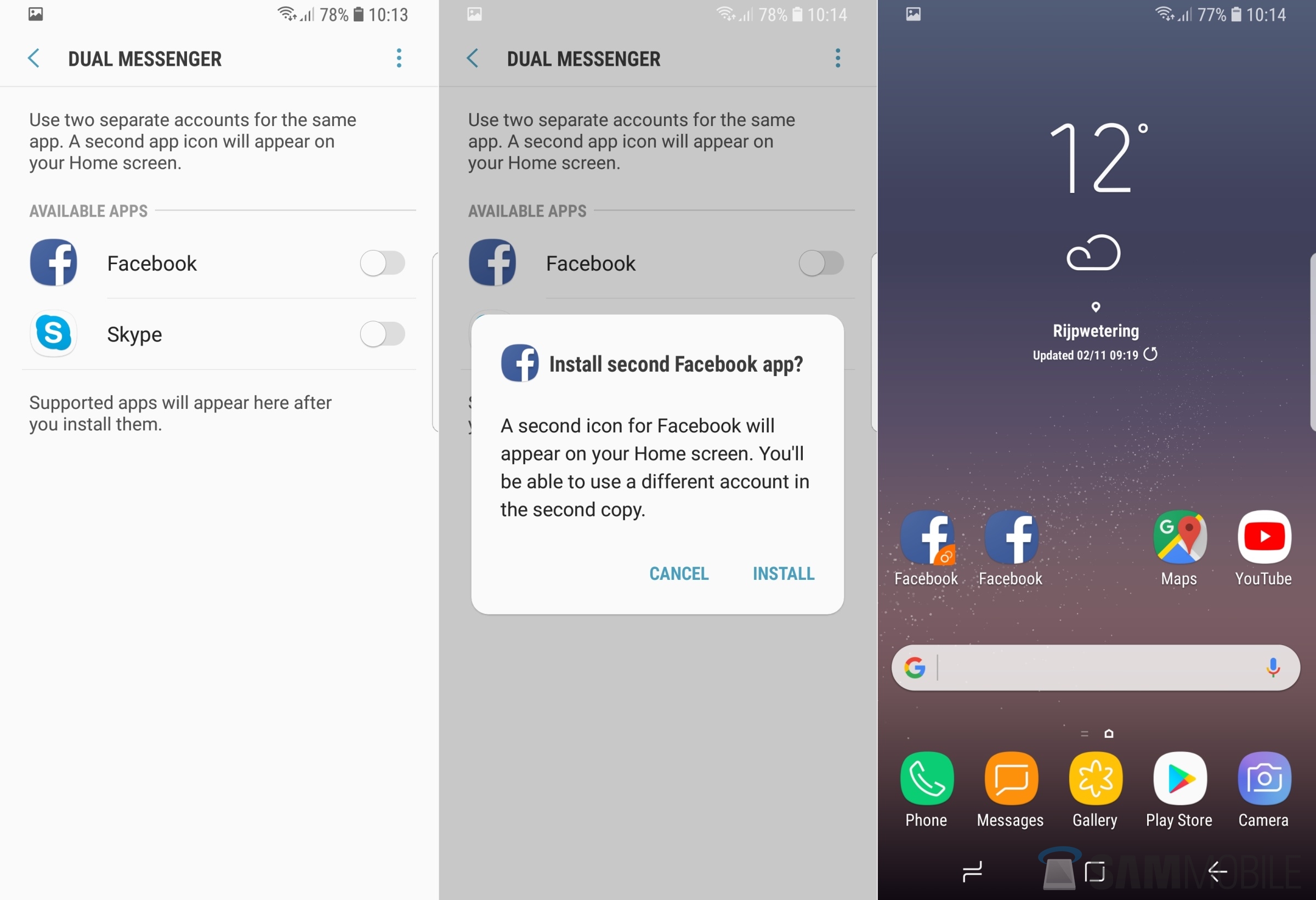While the Galaxy S8 didn’t bring major improvements to the rear camera over the Galaxy S7, at least not on the hardware front, the Galaxy S9 marks a notable leap forward for both Samsung phones and phone cameras in general. That’s thanks to the new Dual Aperture lens that allows the Galaxy S9’s rear camera to switch between an aperture of f/1.5, the lowest ever on a smartphone, and f/2.4, so that it takes crisper images with low noise levels in poor lighting and well-exposed pictures in bright conditions. Samsung has also built in dedicated memory for the camera so that it can combine data from up to 12 images to create one final image for results better than what the Galaxy S8 or any previous Samsung phone (other than the Samsung W2018) could manage.
Comparison: Galaxy S9 camera vs. the Galaxy S8
How much improvement can one expect in real-world usage, however? We set out to take a few pictures with both the Galaxy S8+ and S9+ to answer that question. Like we had said in our review, the Galaxy S9 and Galaxy S9+ capture photos with more accurate colors. As you can see in many of the images below, comparing Galaxy S9 and Galaxy S8 camera images side-by-side really tells you how Samsung has dialed things down on the new flagship as far as color reproduction is concerned.
In daylight images, when the phone is shooting at f/2.4 aperture, you may not see a lot of difference. Images may not be as overexposed as they would be with the f/1.7 aperture on the Galaxy S8 camera, and they can also have more detail in far-off objects, but you wouldn’t be able to tell in most pictures. Low-light photography is where the Galaxy S9 puts its camera hardware to good use. The Galaxy S9 doesn’t always get you more light in an image compared to its predecessor when shooting at f/1.5. Instead, since the phone can shoot at a wider aperture (meaning the opening through which light enters the camera is bigger), it doesn’t increase the ISO levels as much as the Galaxy S8 does.
Increasing the ISO, which is directly proportionate to sensor brightness, can increase noise in a picture, and since the wider aperture makes up for the lower ISO value, the result is a cleaner image with lower noise and sharper details. The Galaxy S9 does ramp up the ISO in extremely dark scenes, however, where the higher ISO works with the wider aperture to give you better-lit photos compared to the Galaxy S8.
Well, go ahead and check out all the photos below to see how the Galaxy S9’s rear camera compares to the Galaxy S8’s. Slide right in each image to look at the Galaxy S9 photo and slide left for the picture from the Galaxy S8. Don’t forget to let us know your thoughts down in the comments section.
Note: Our website doesn’t currently allow bigger images for comparison, so we’ve uploaded all the photos you see below in this Google Photos album. It’s also available in this Google Drive folder, so you can download it on your PC and check things out in more detail (the photo with the A suffix is from the S9 and the one with B is the S8 image). Furthermore, while the devices used in this comparison were the Plus models of the two phones, the regular models will offer the same camera performance.
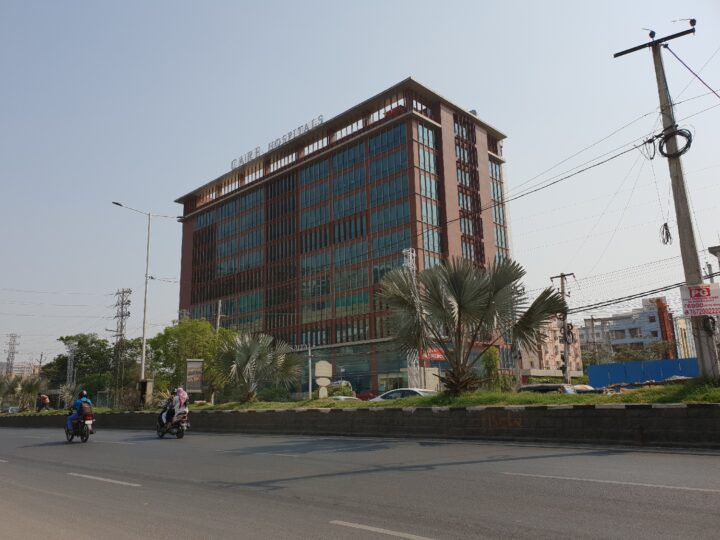
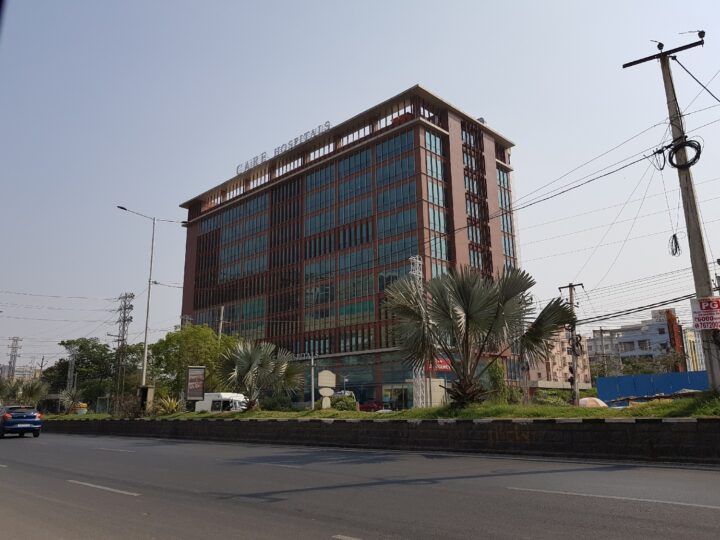
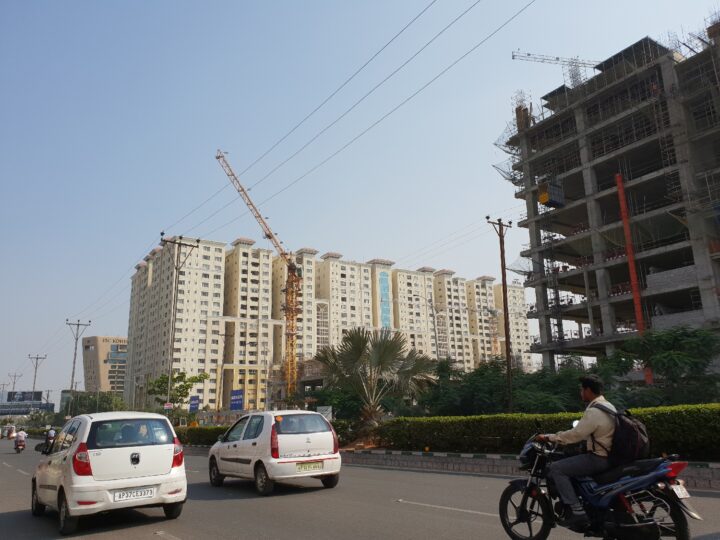
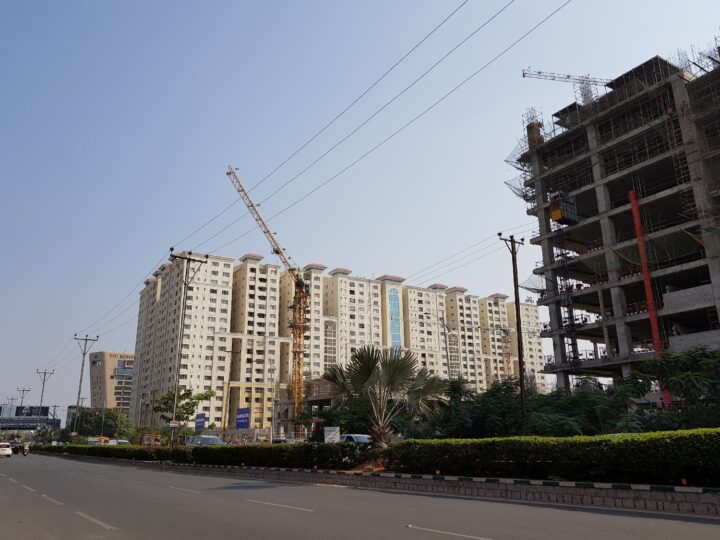
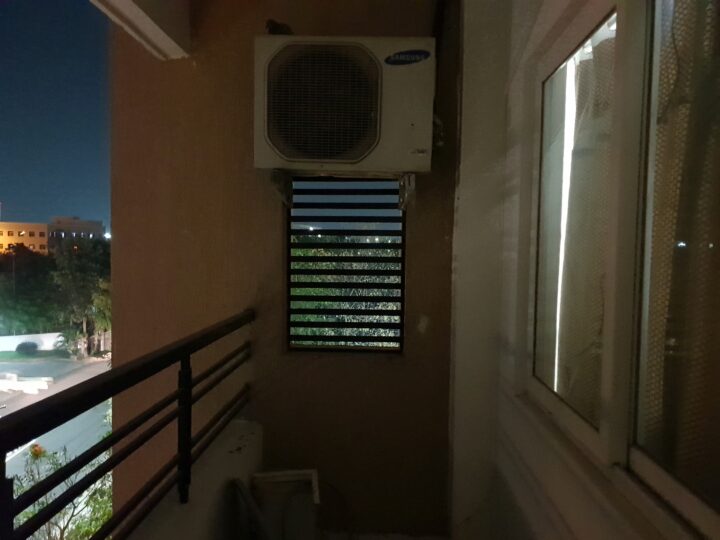
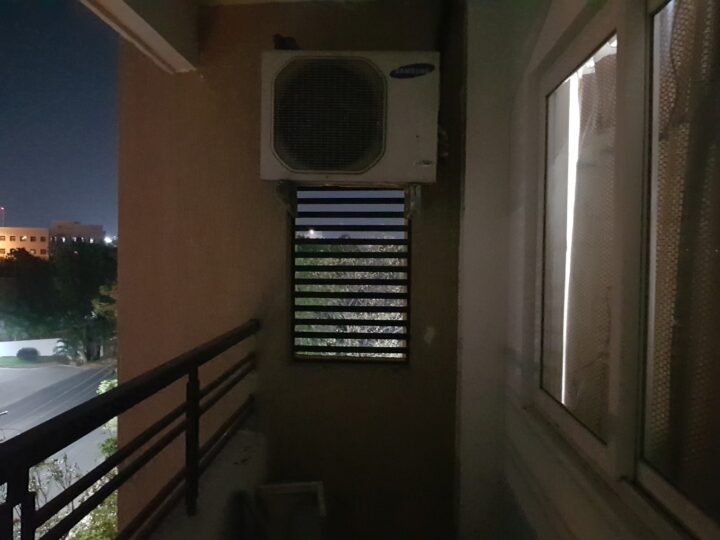
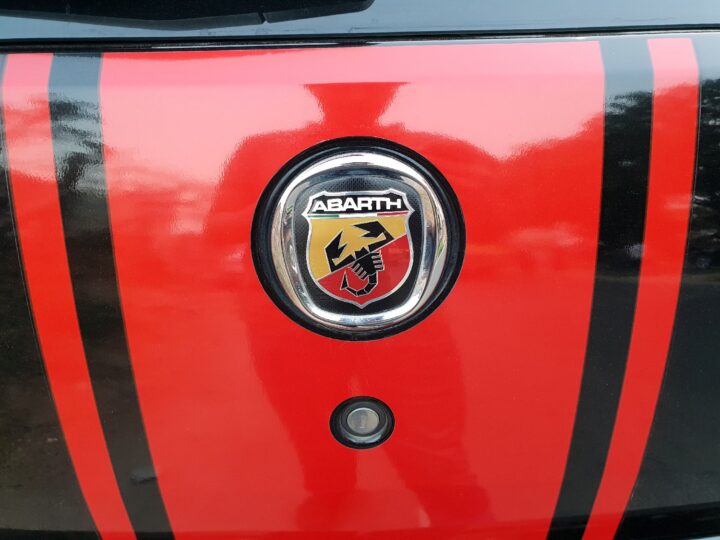
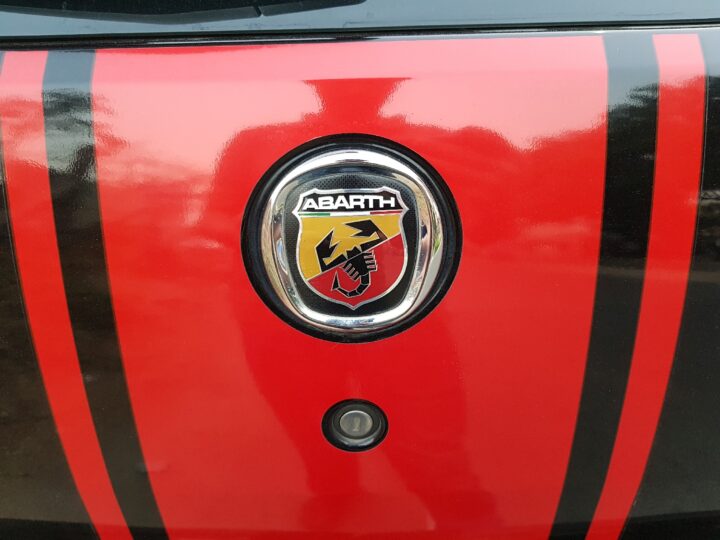
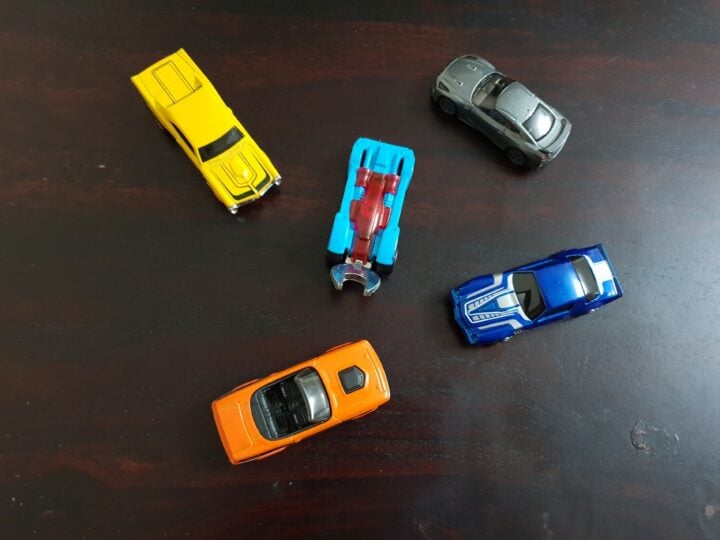
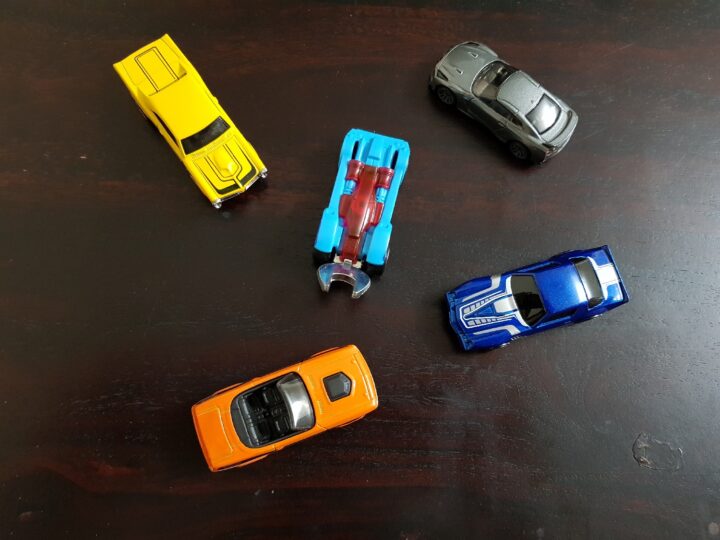
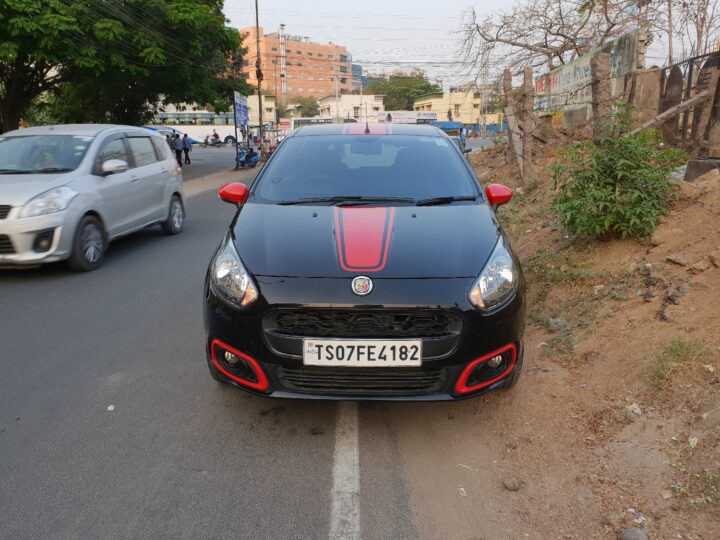
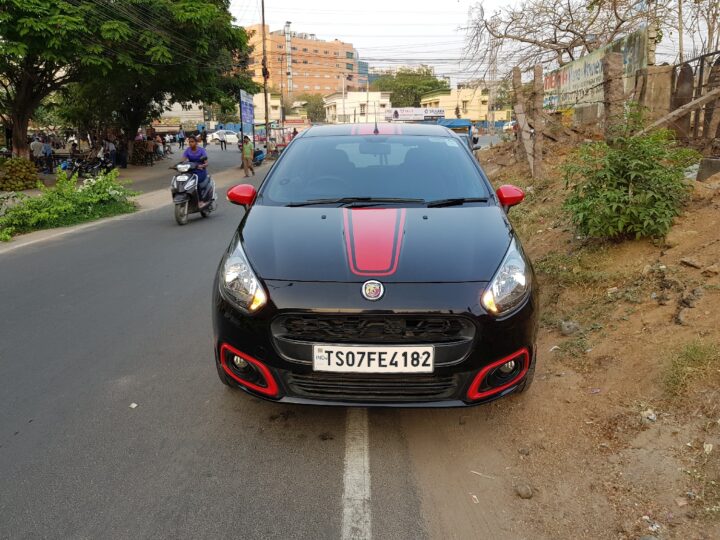
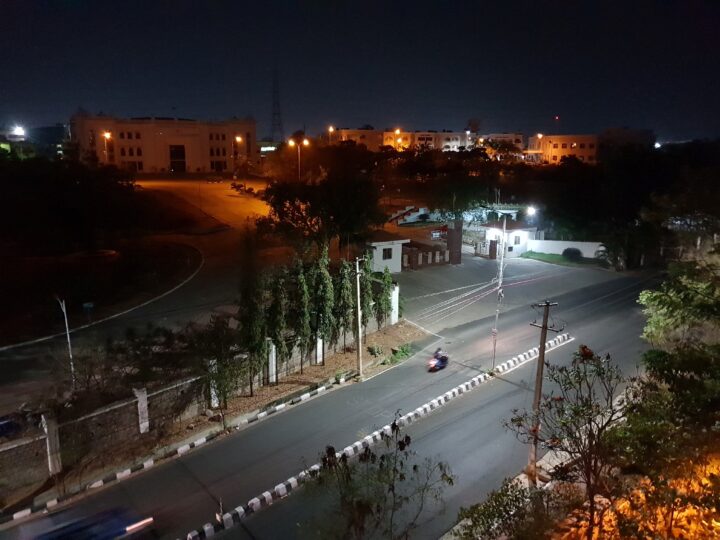
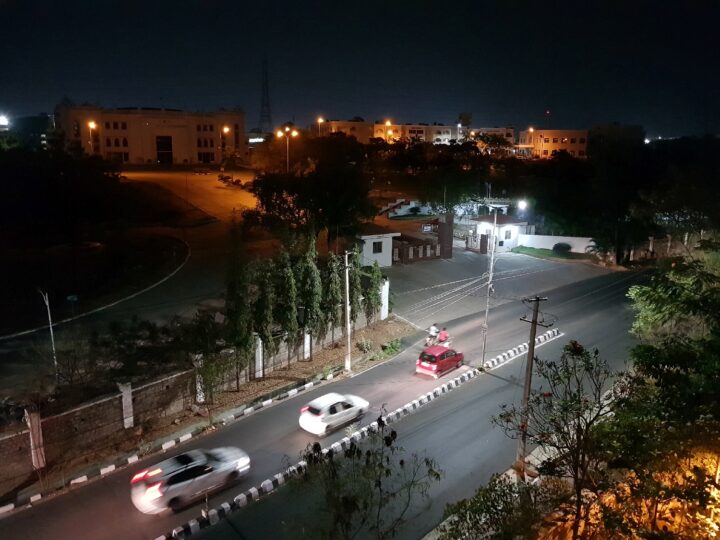
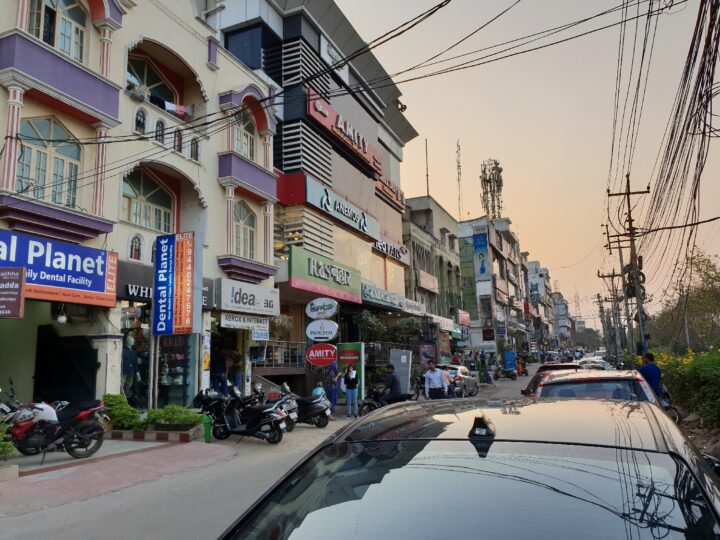
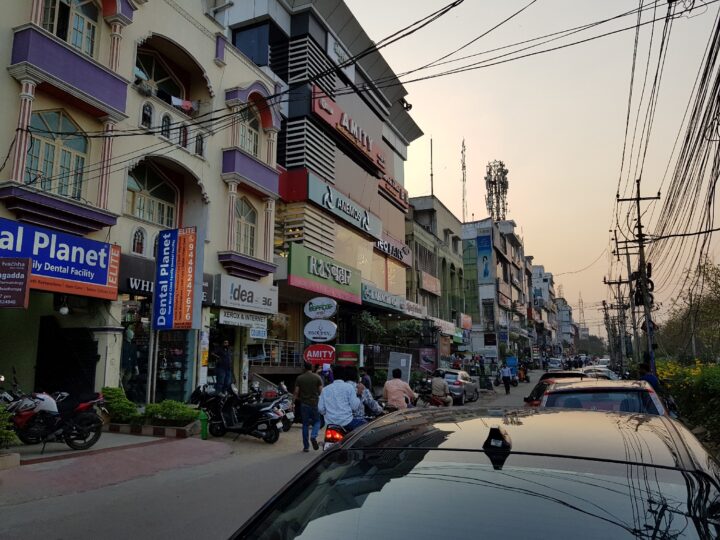
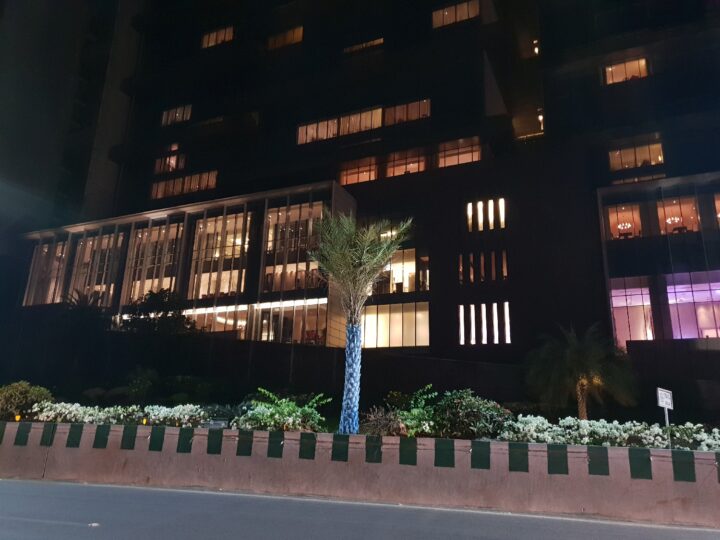
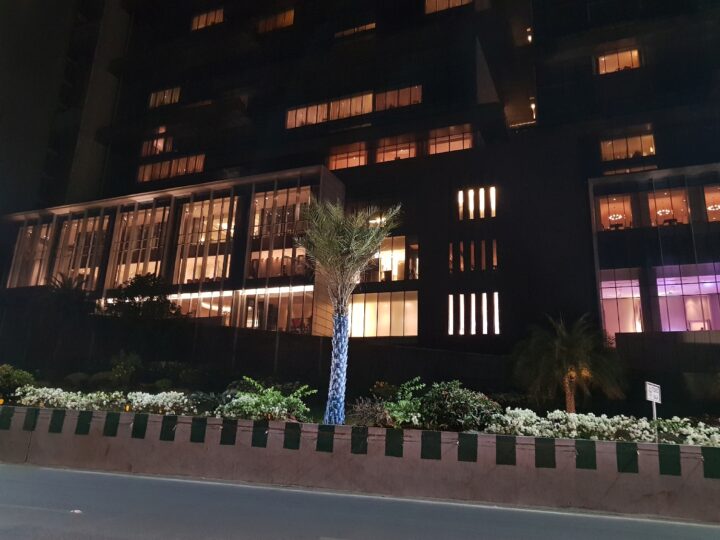
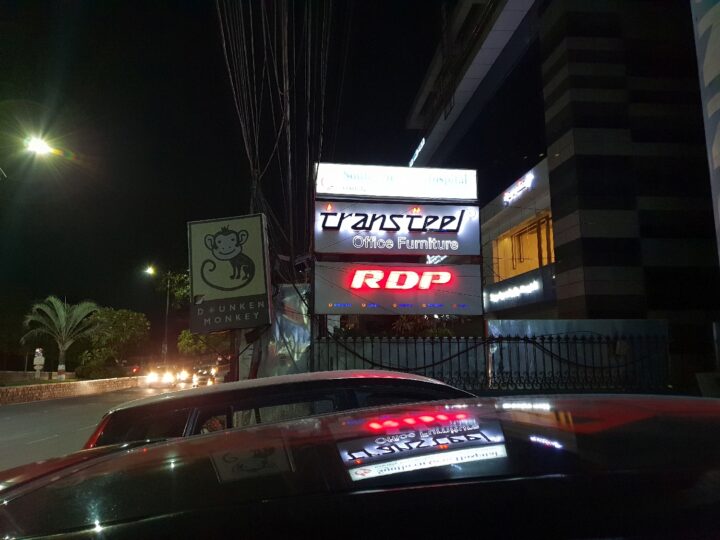
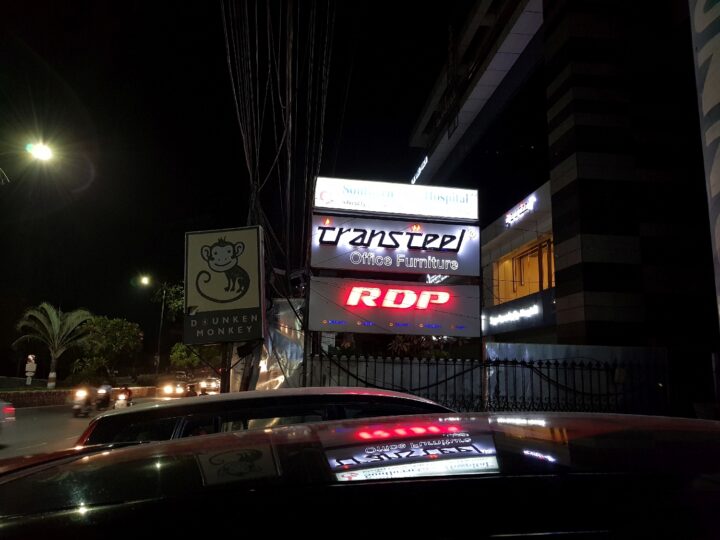
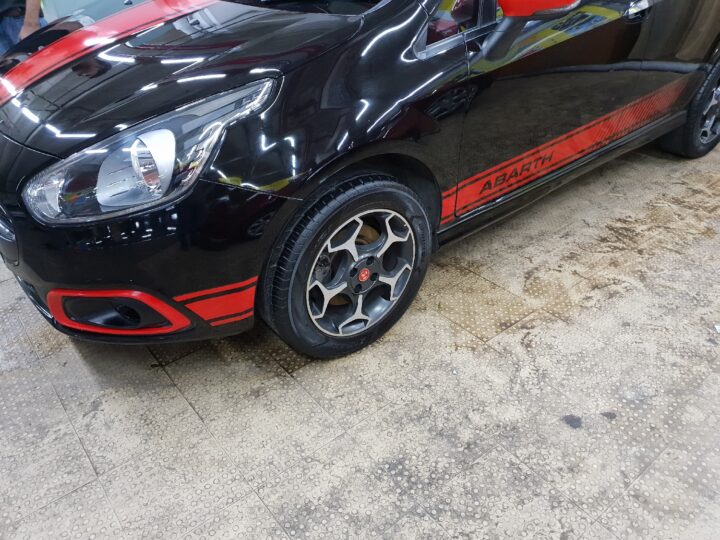
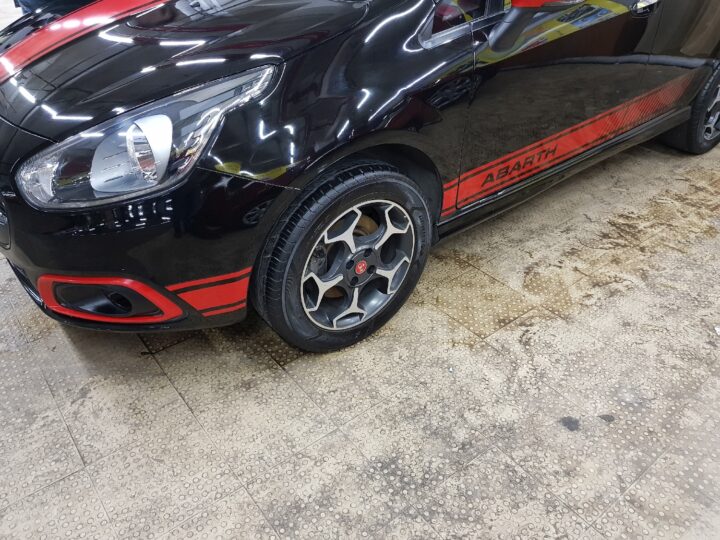
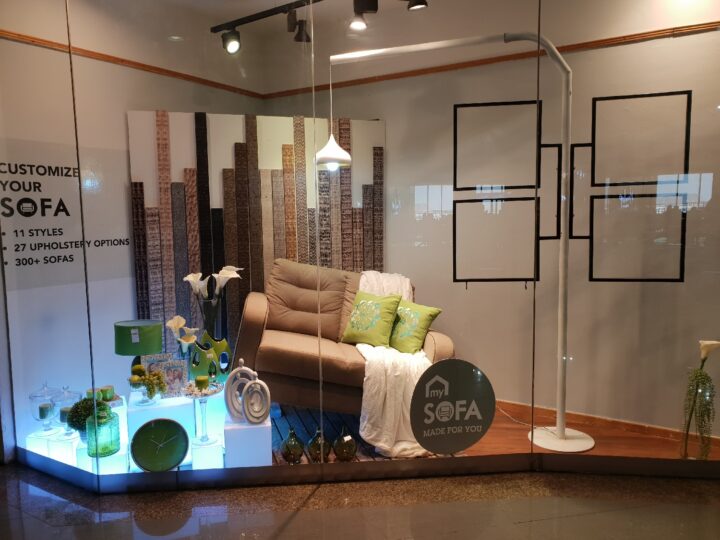
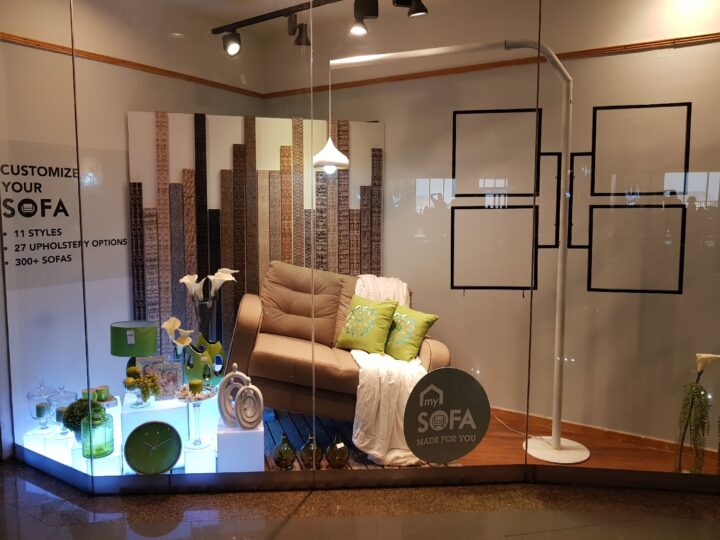
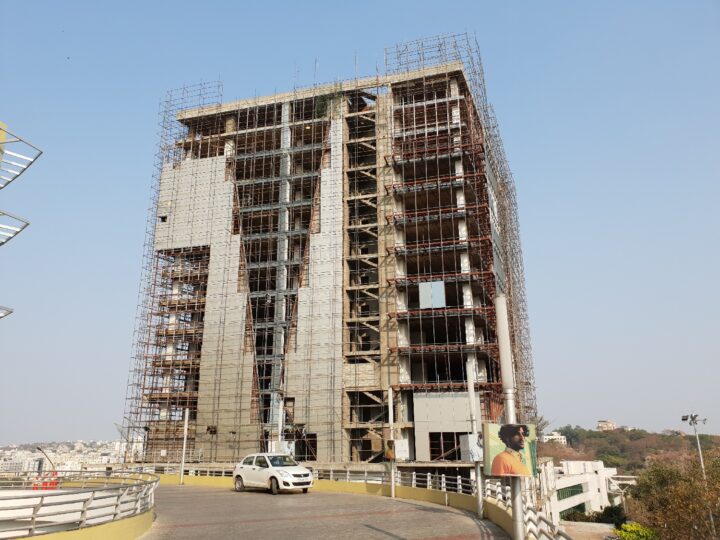
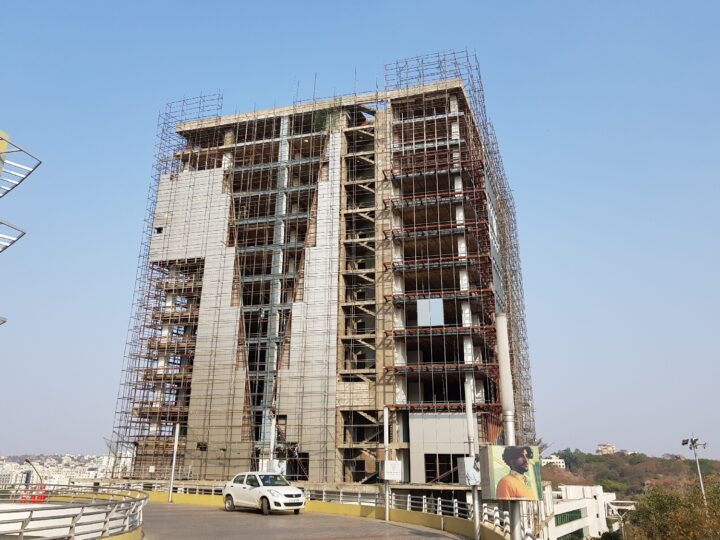
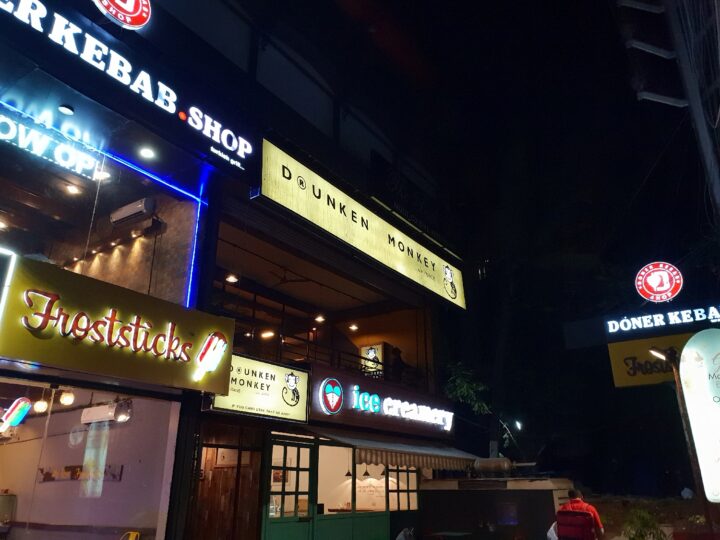
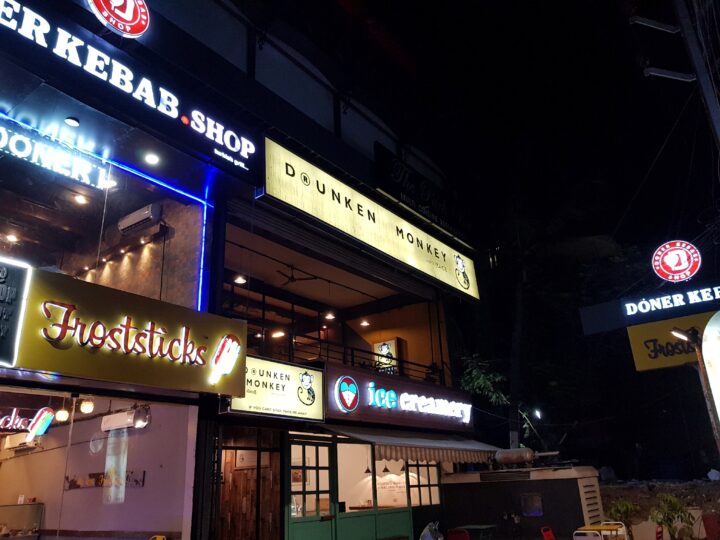
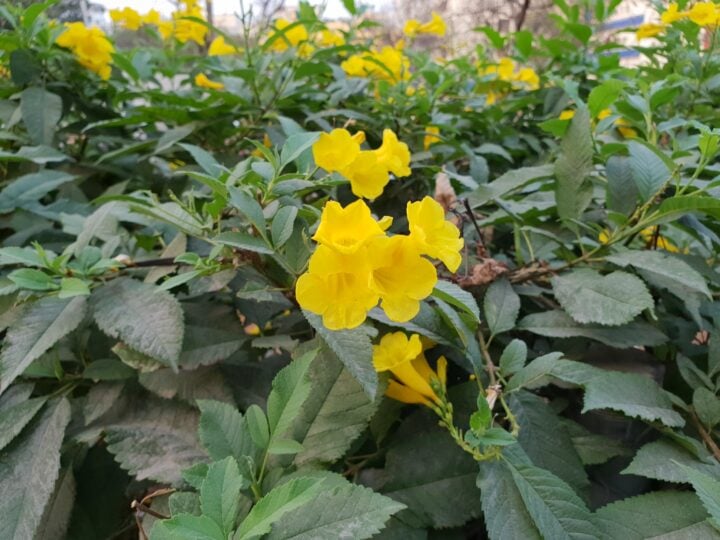
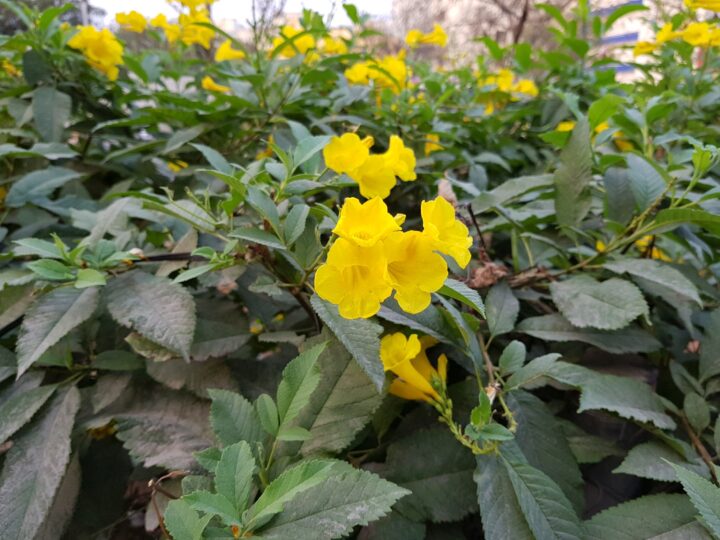
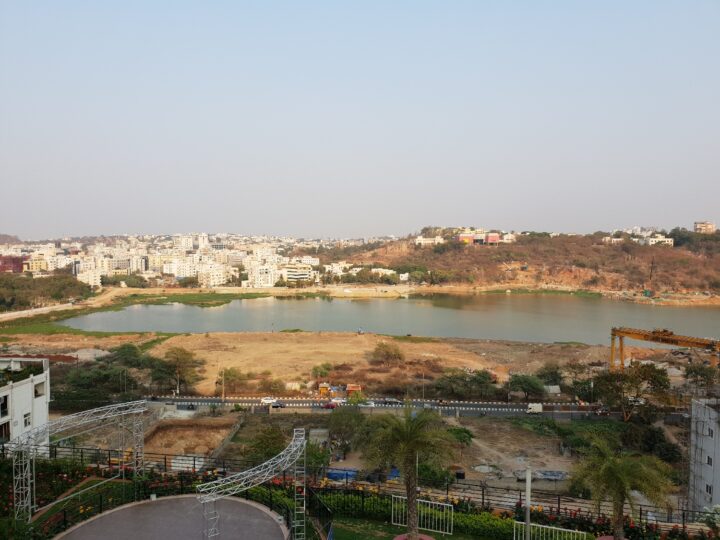
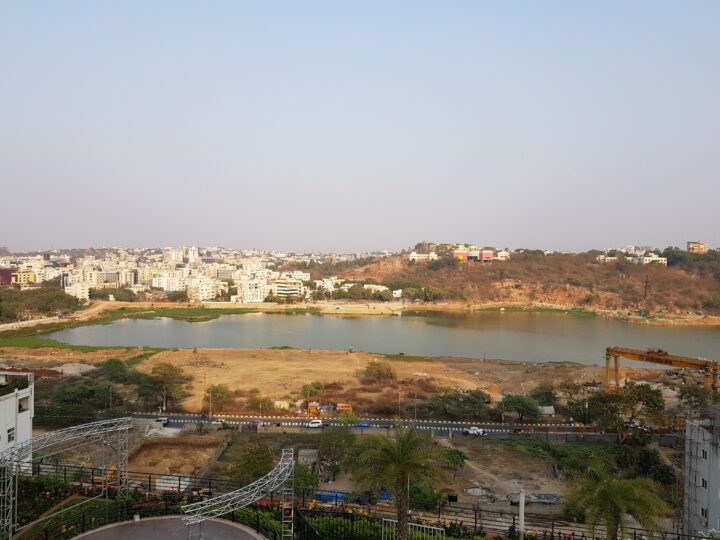

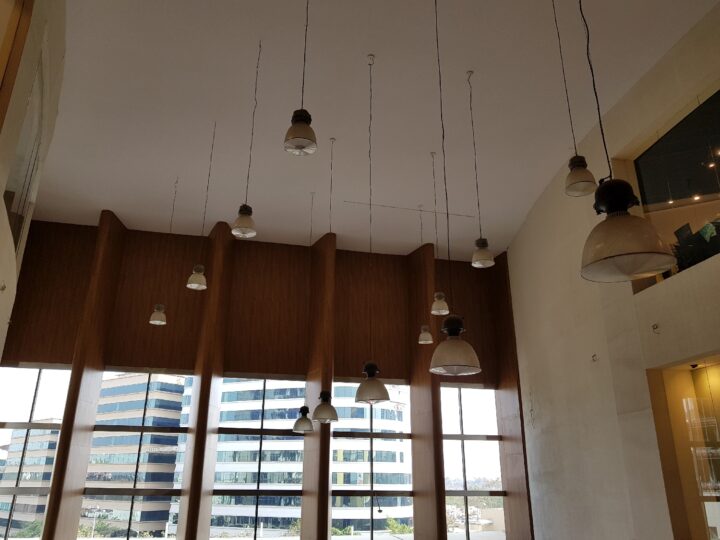
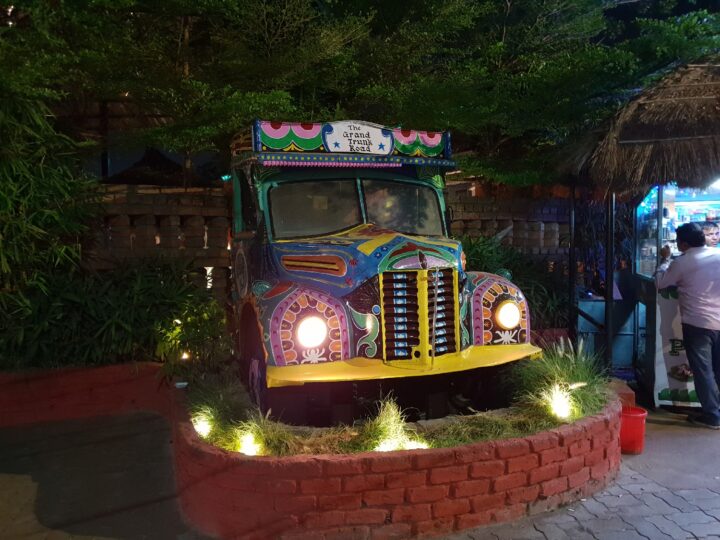
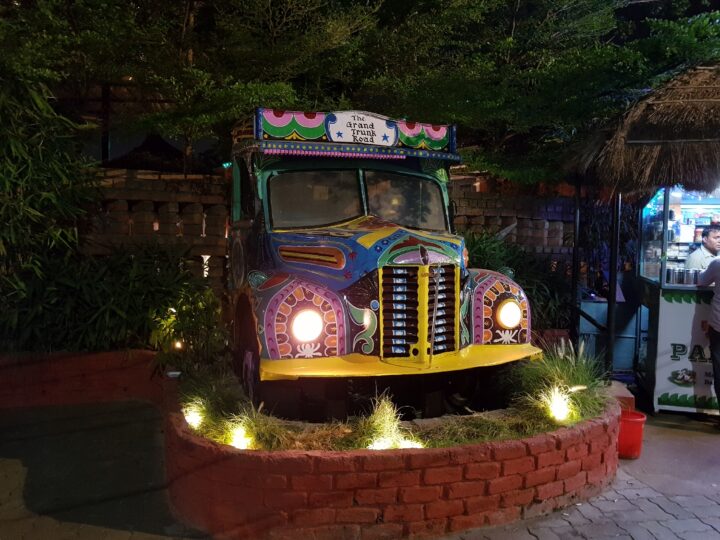
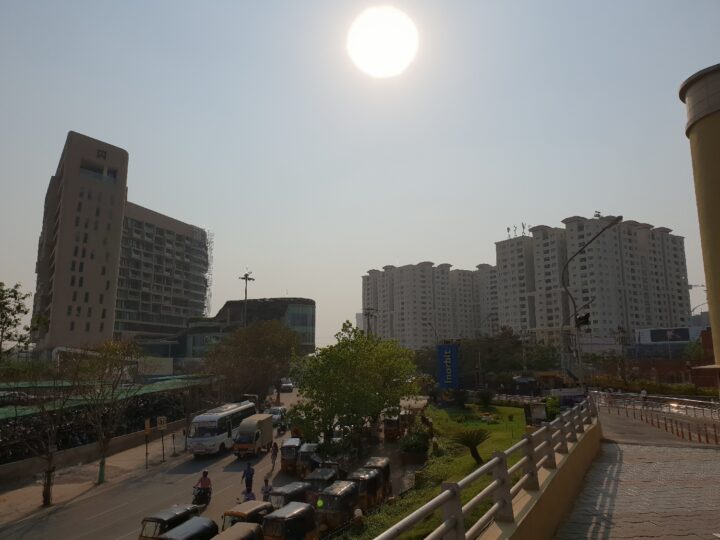
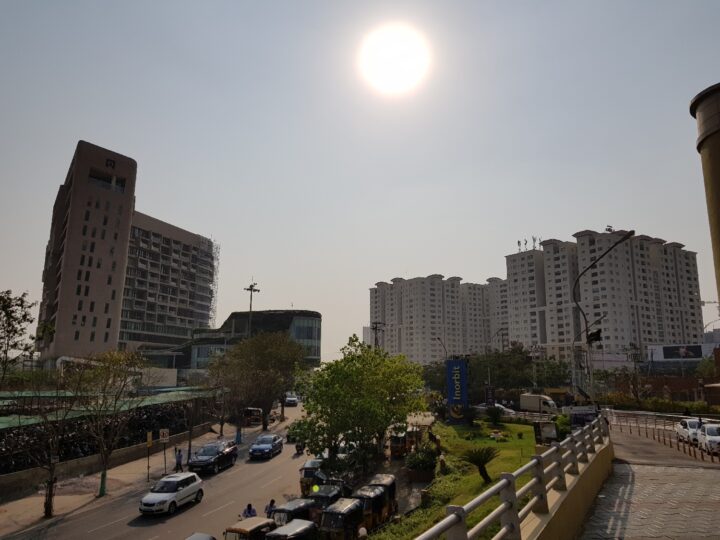
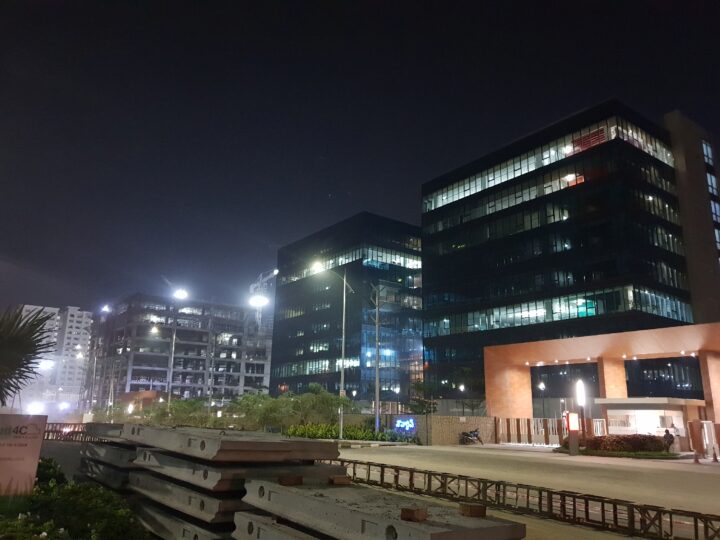
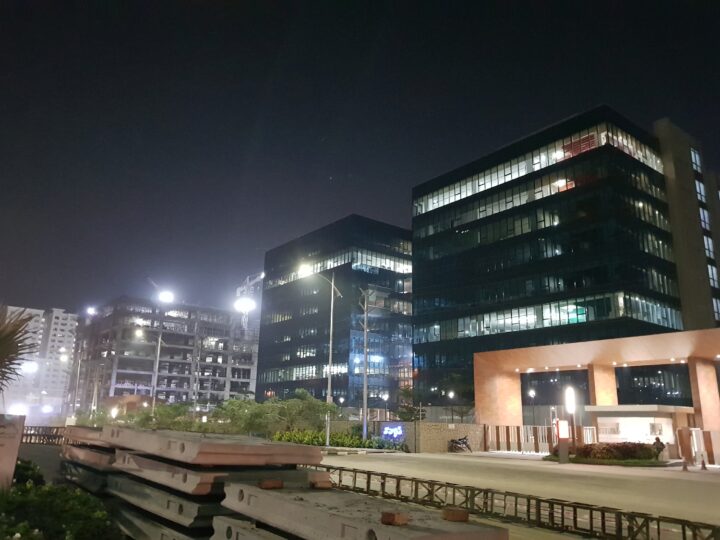
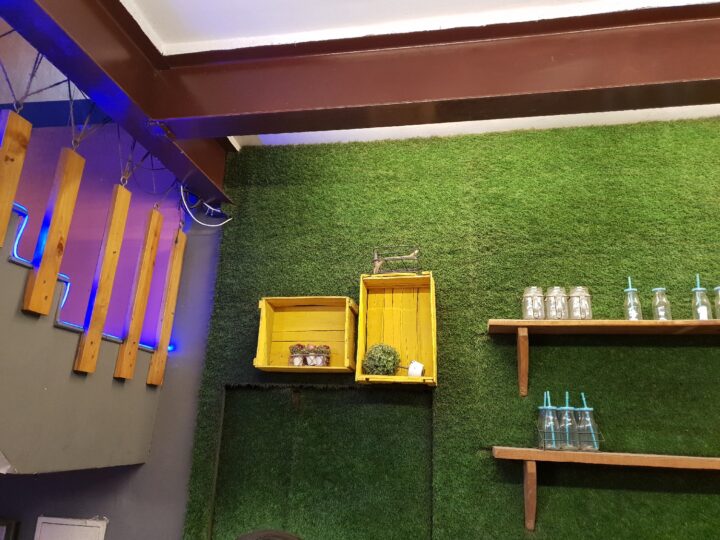
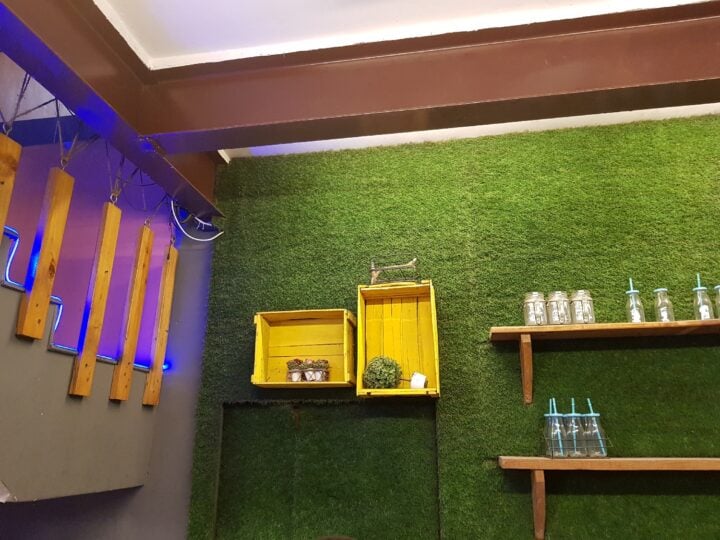
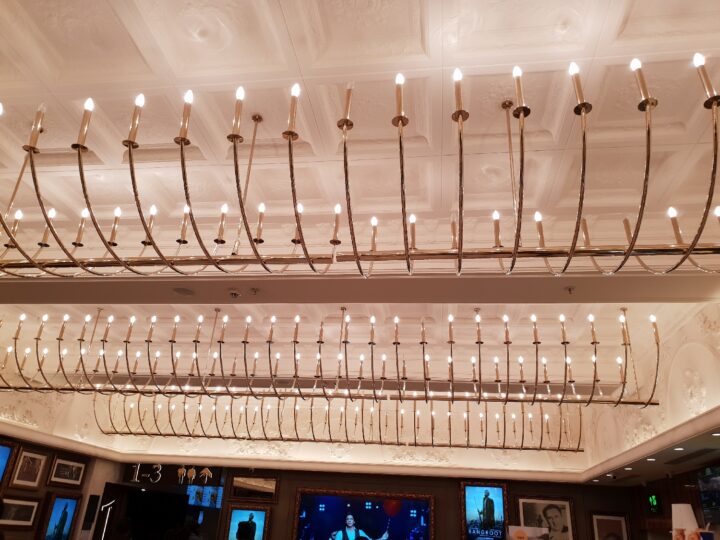
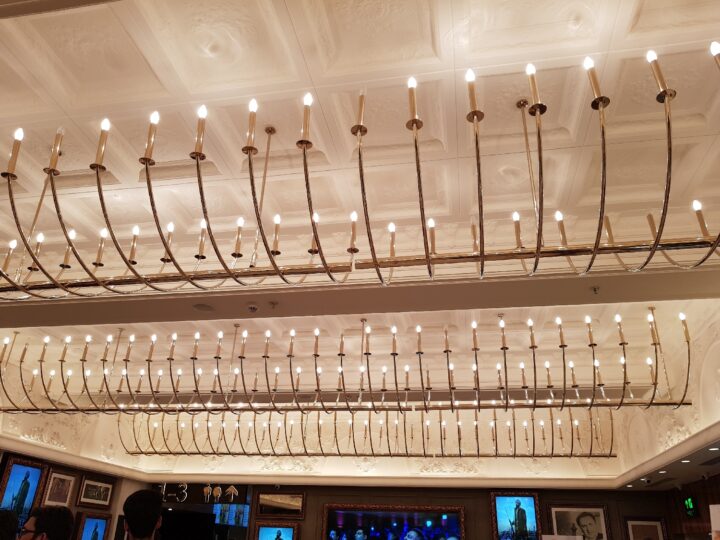
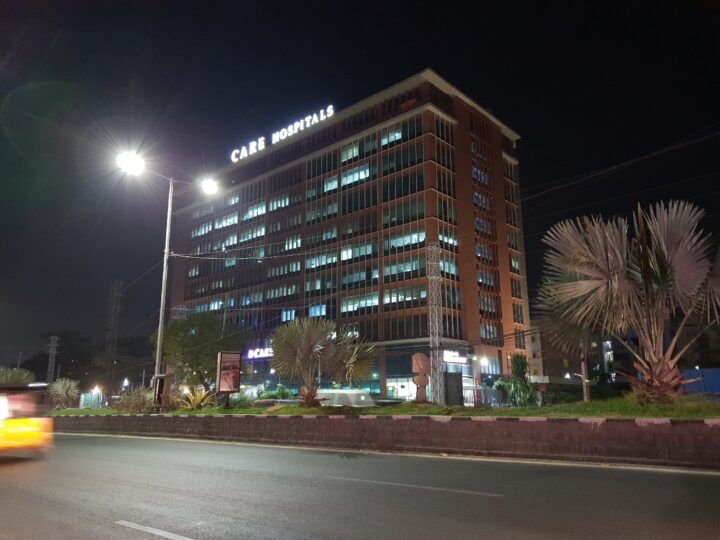
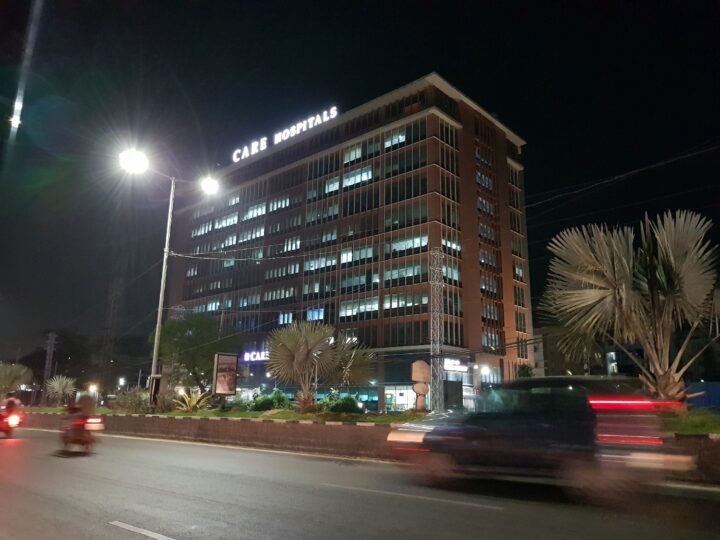
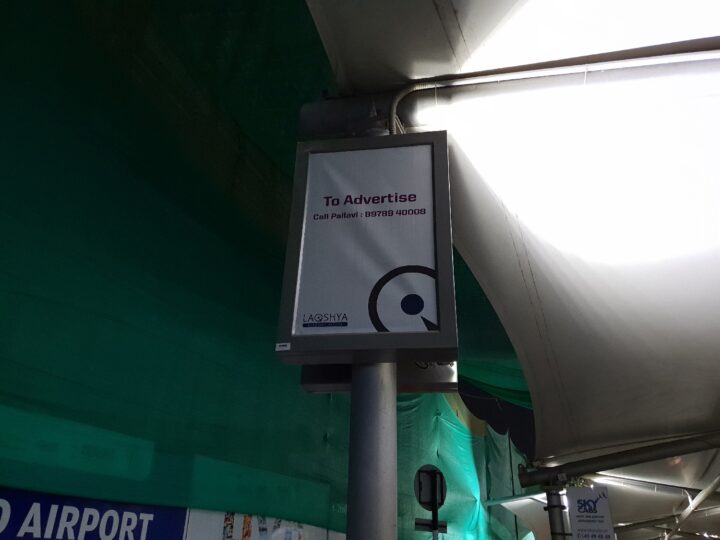
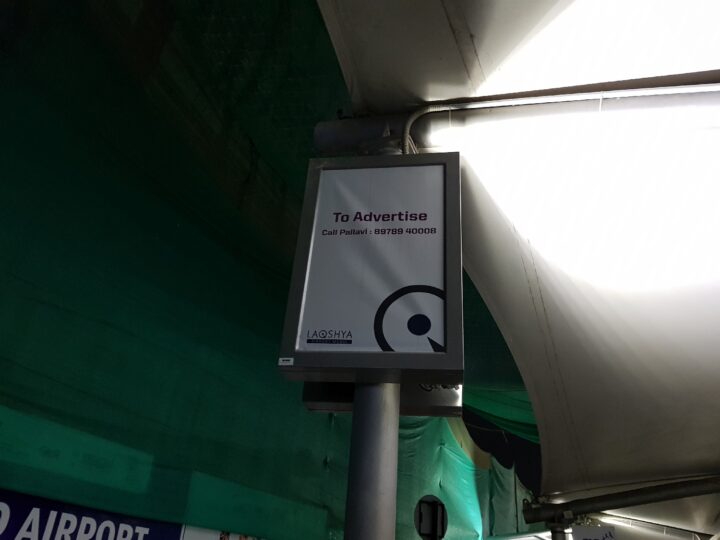
The post Camera comparison: Galaxy S9 vs the Galaxy S8 appeared first on SamMobile.
from SamMobile http://ift.tt/2FCP6hc
via IFTTT


